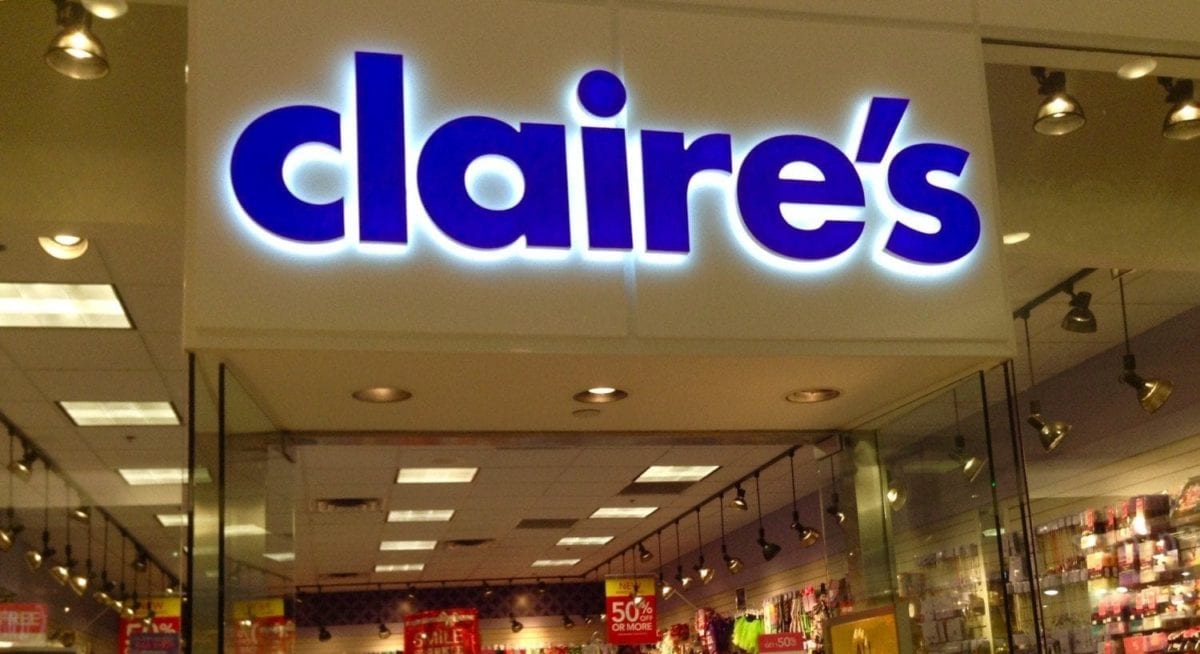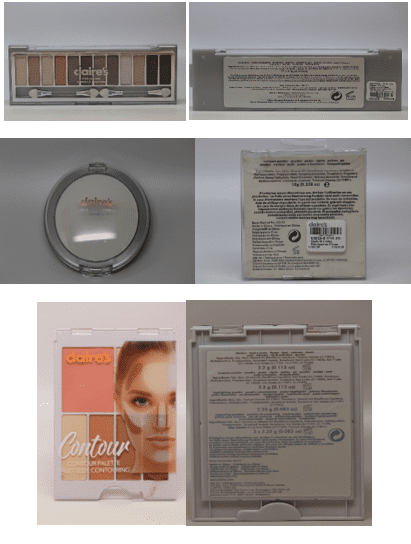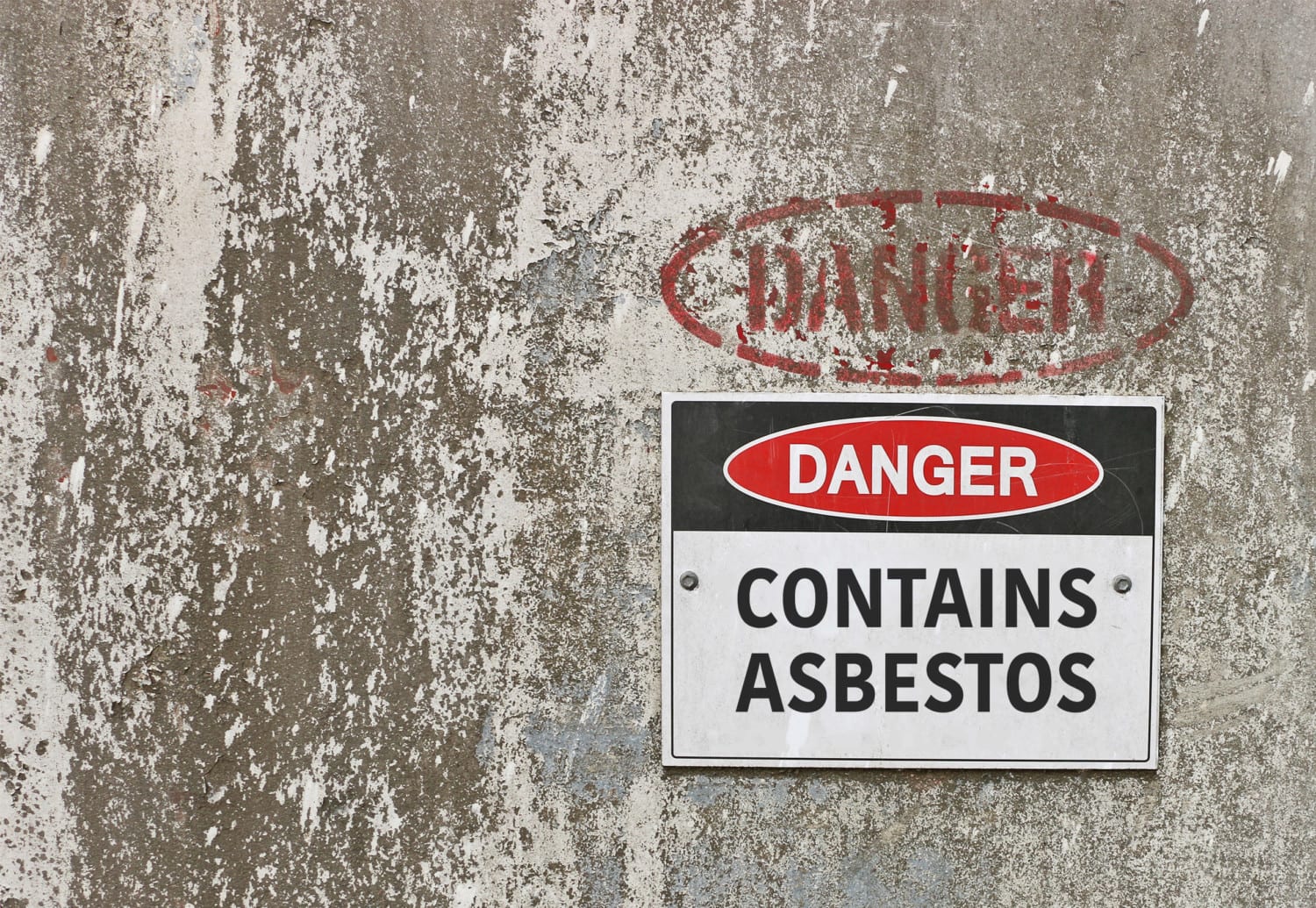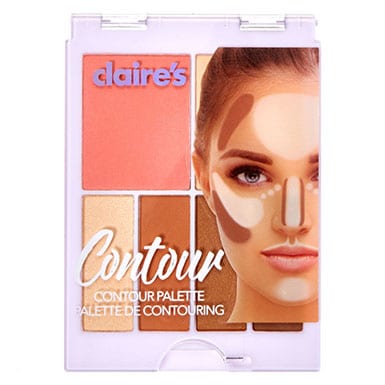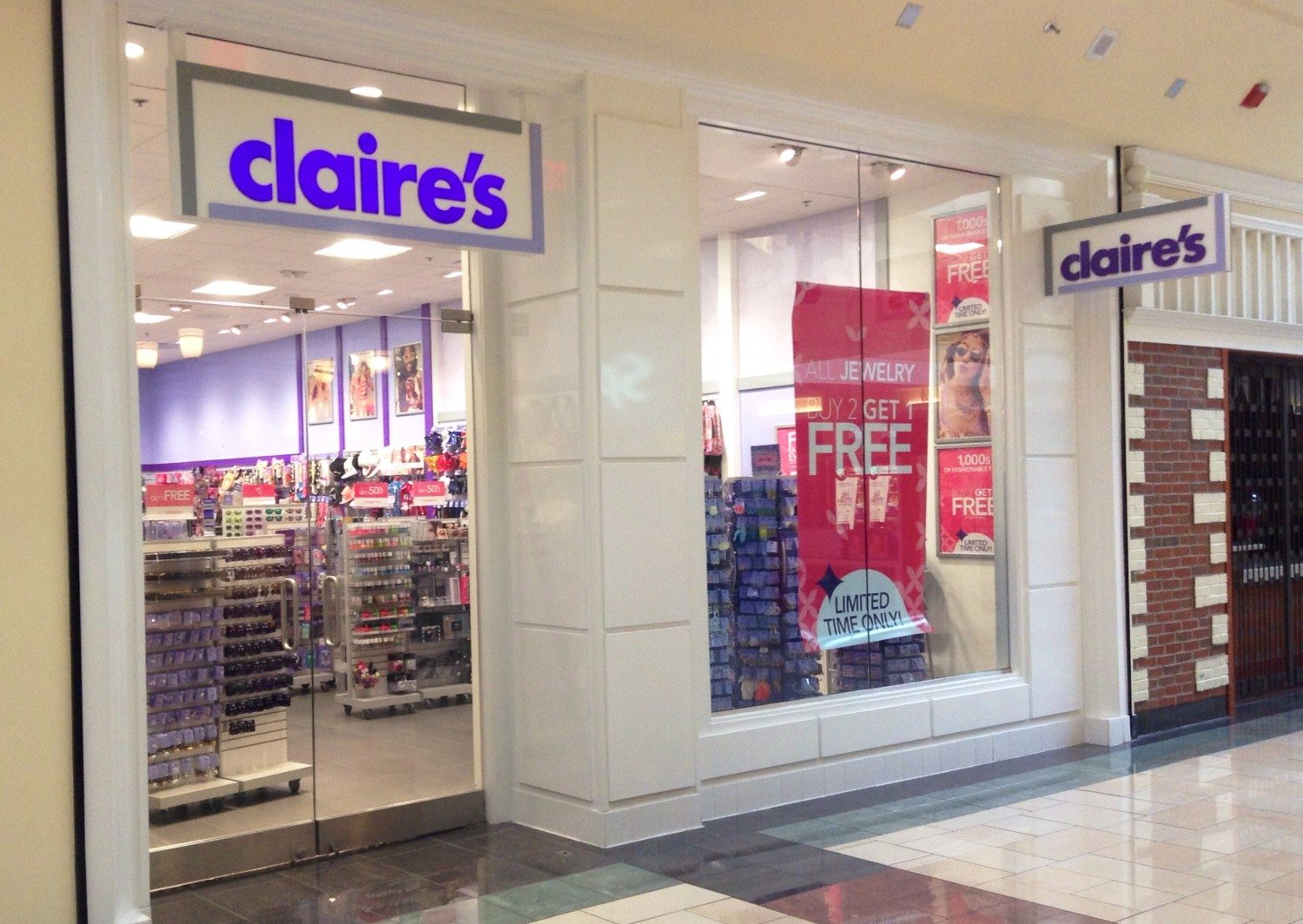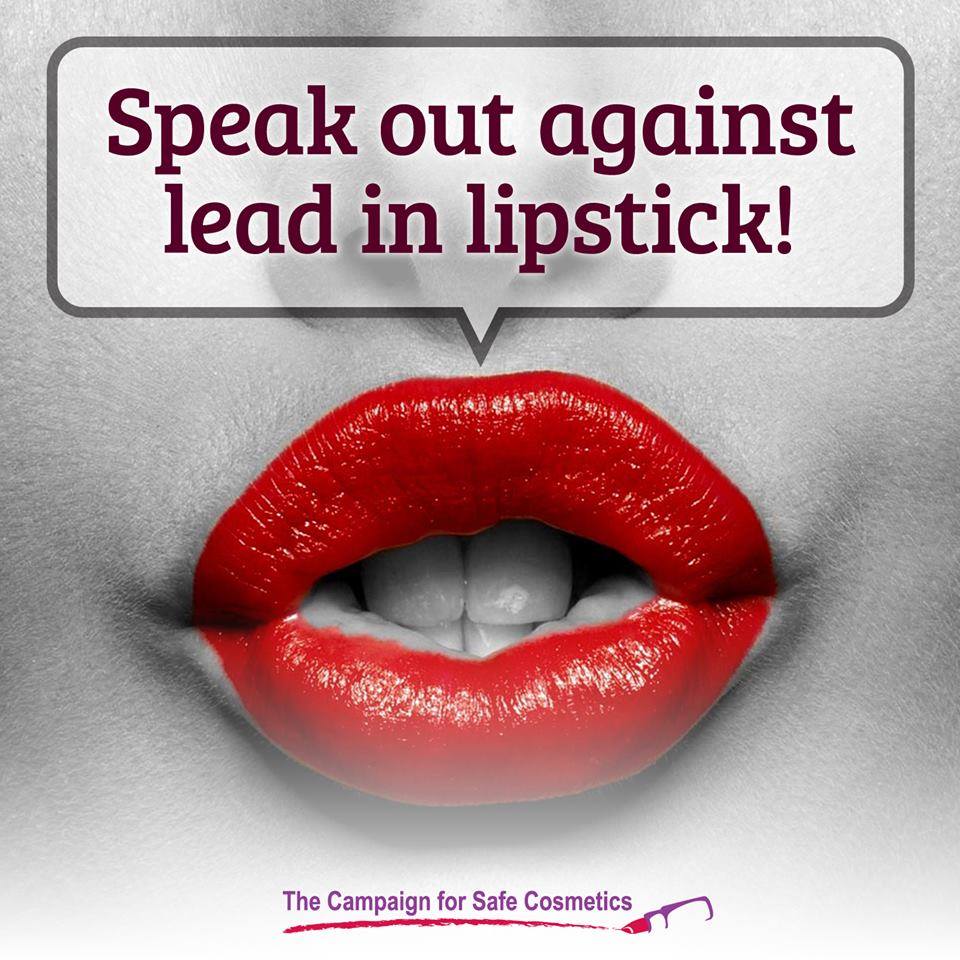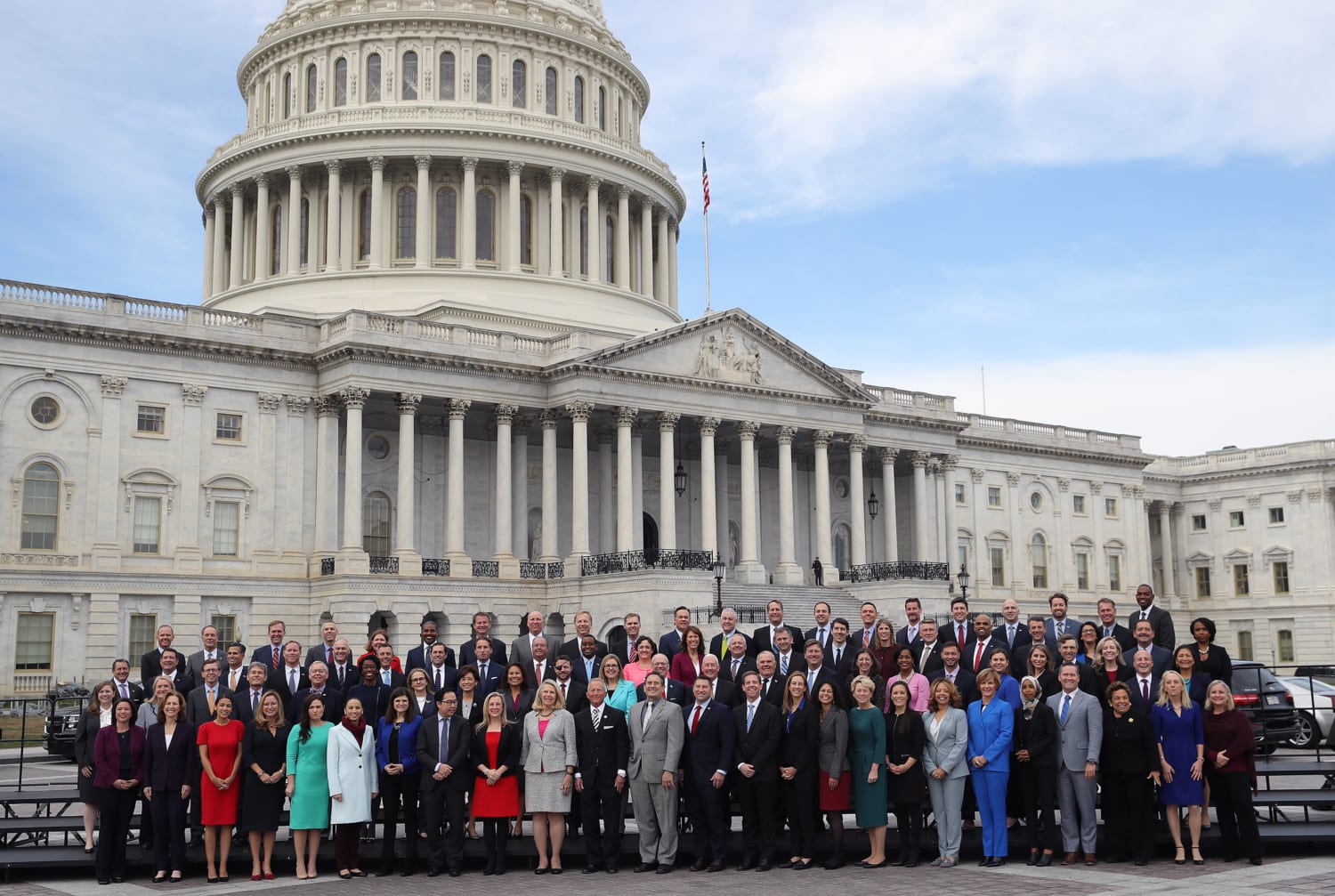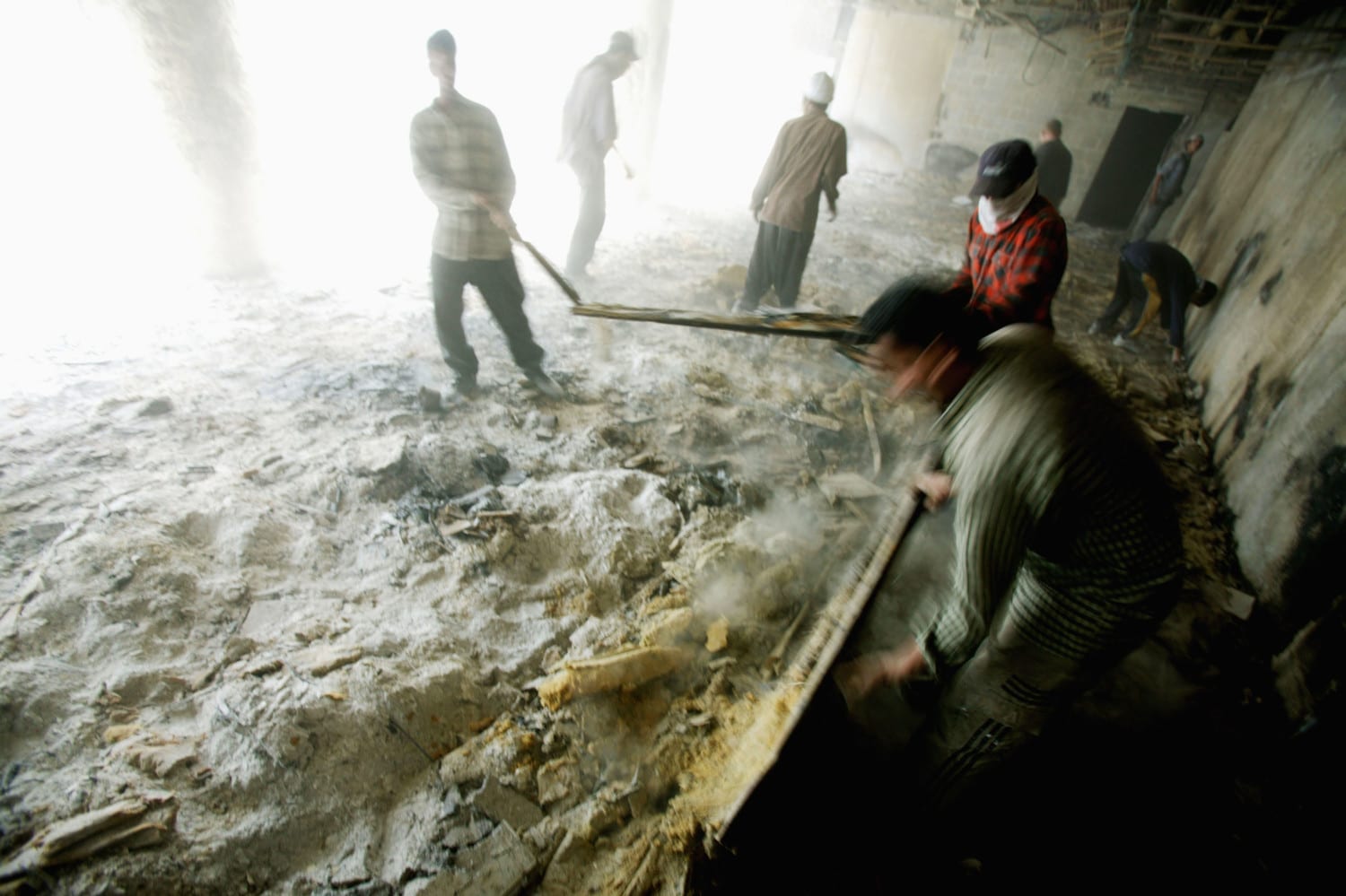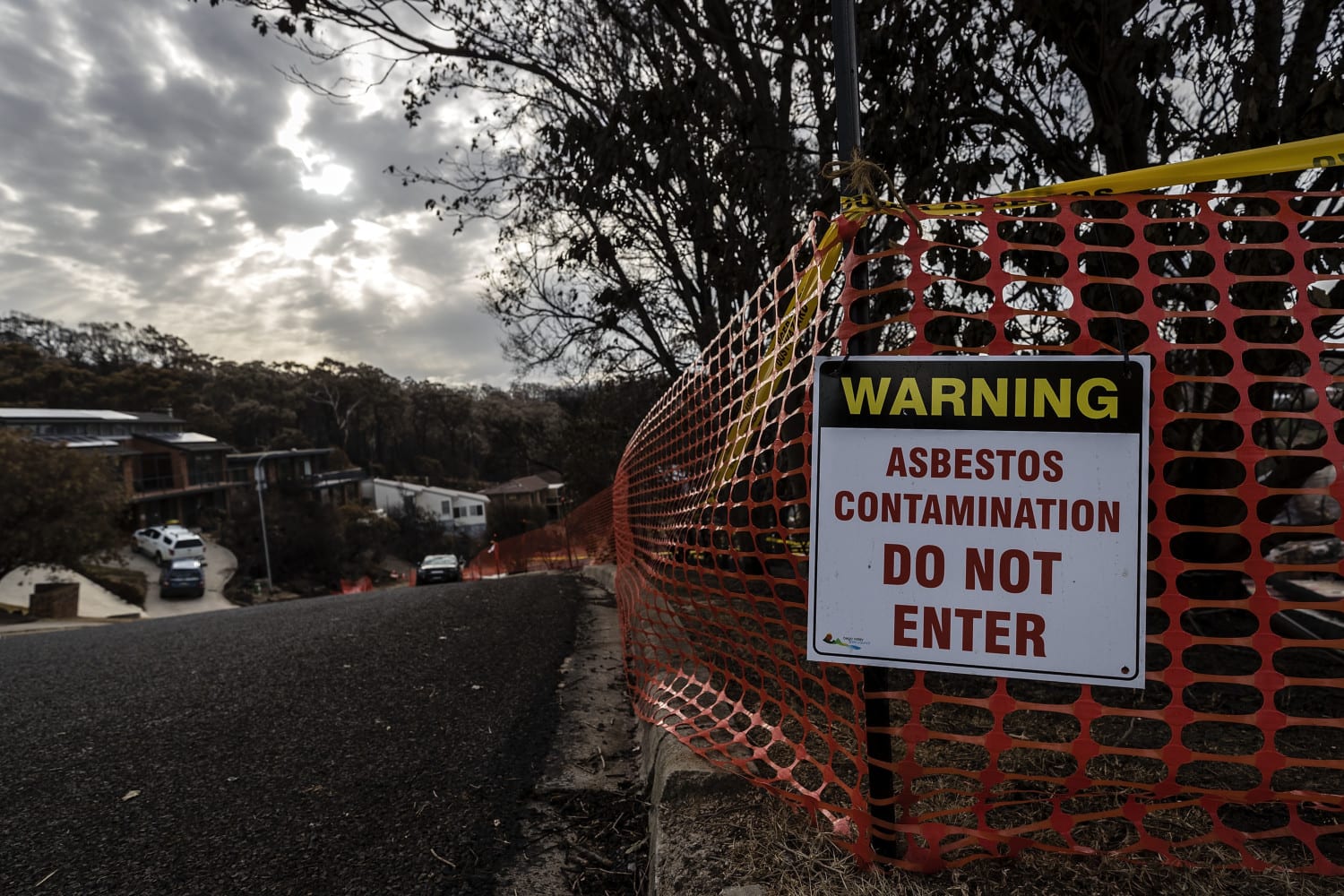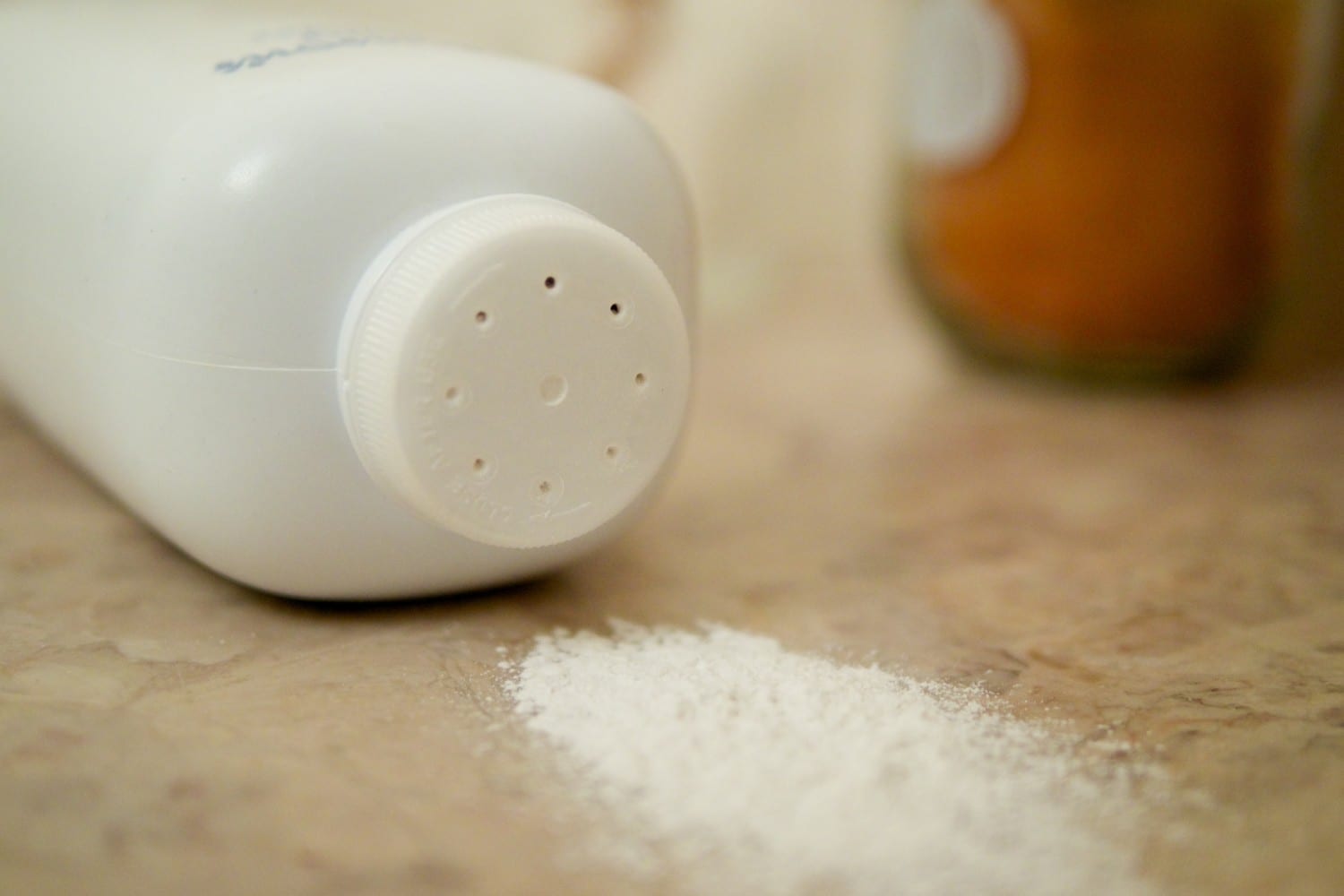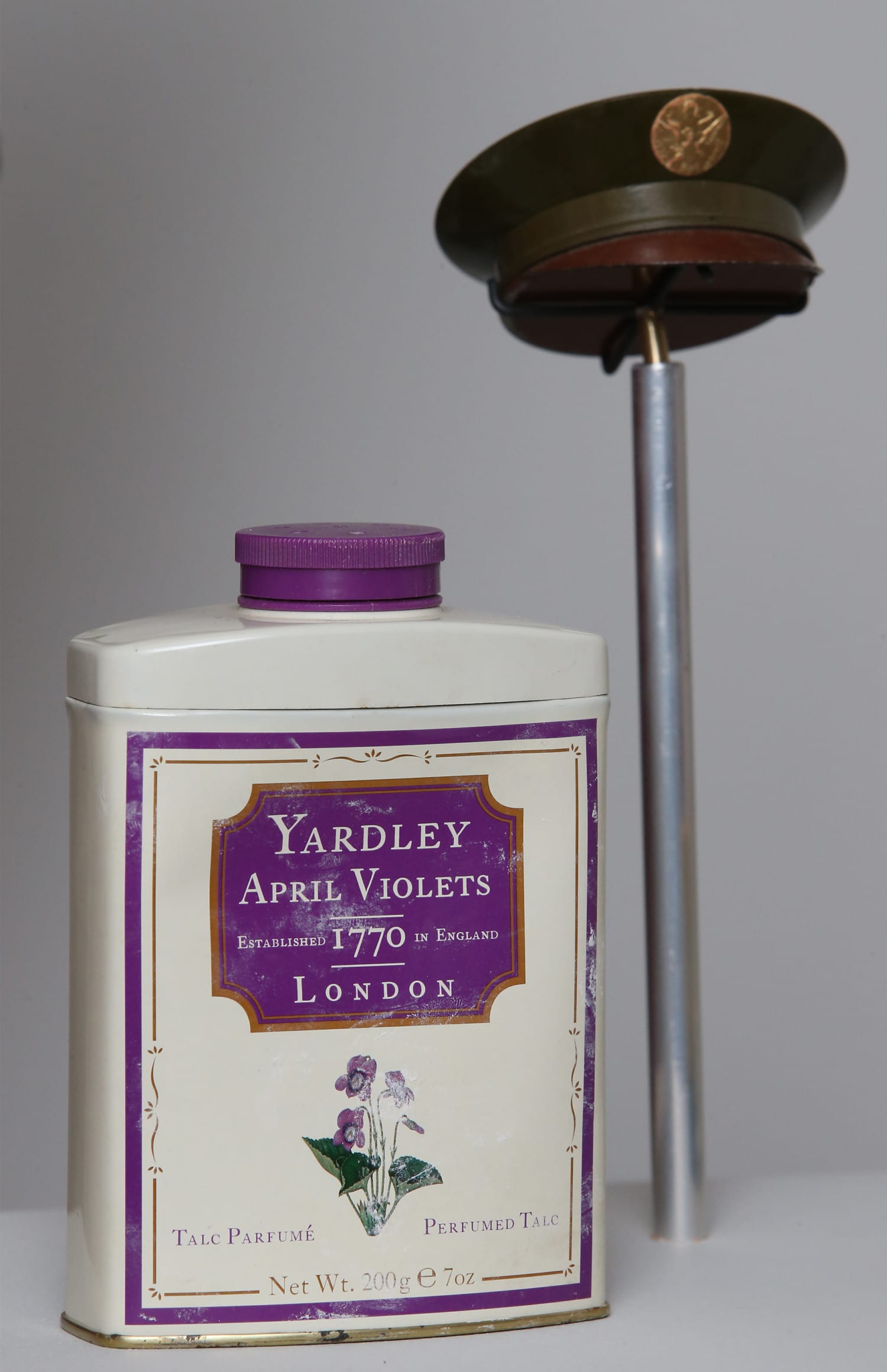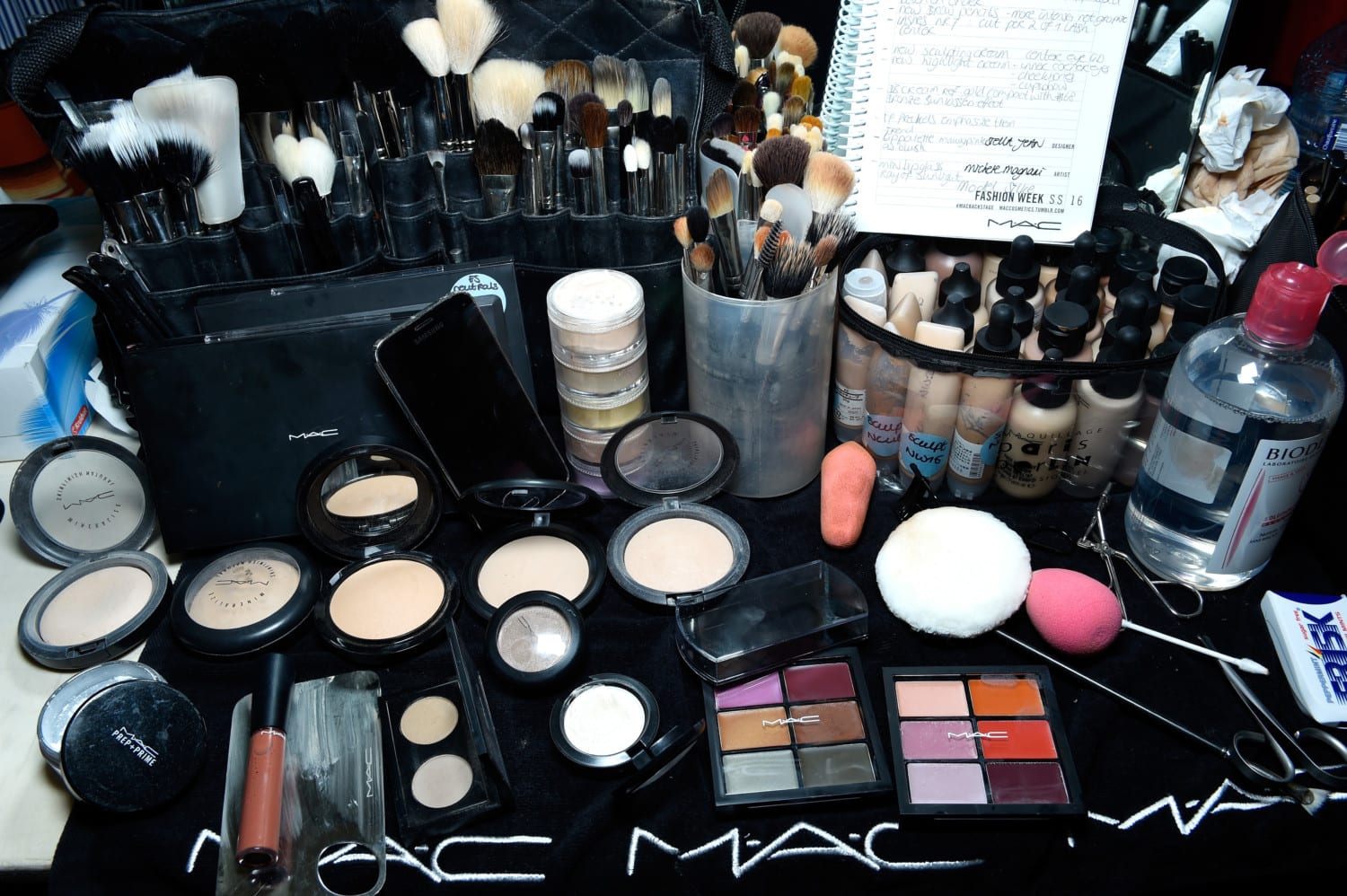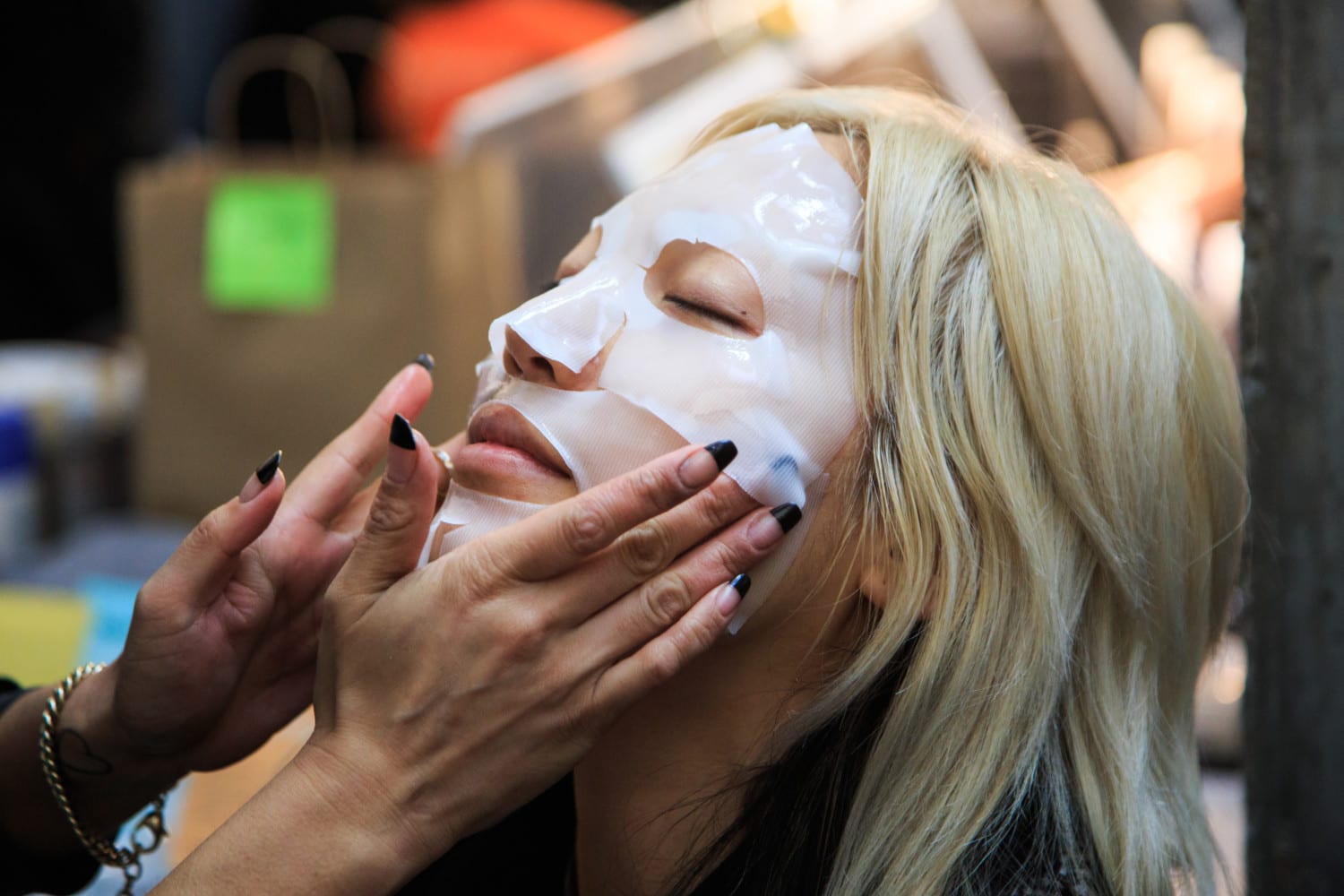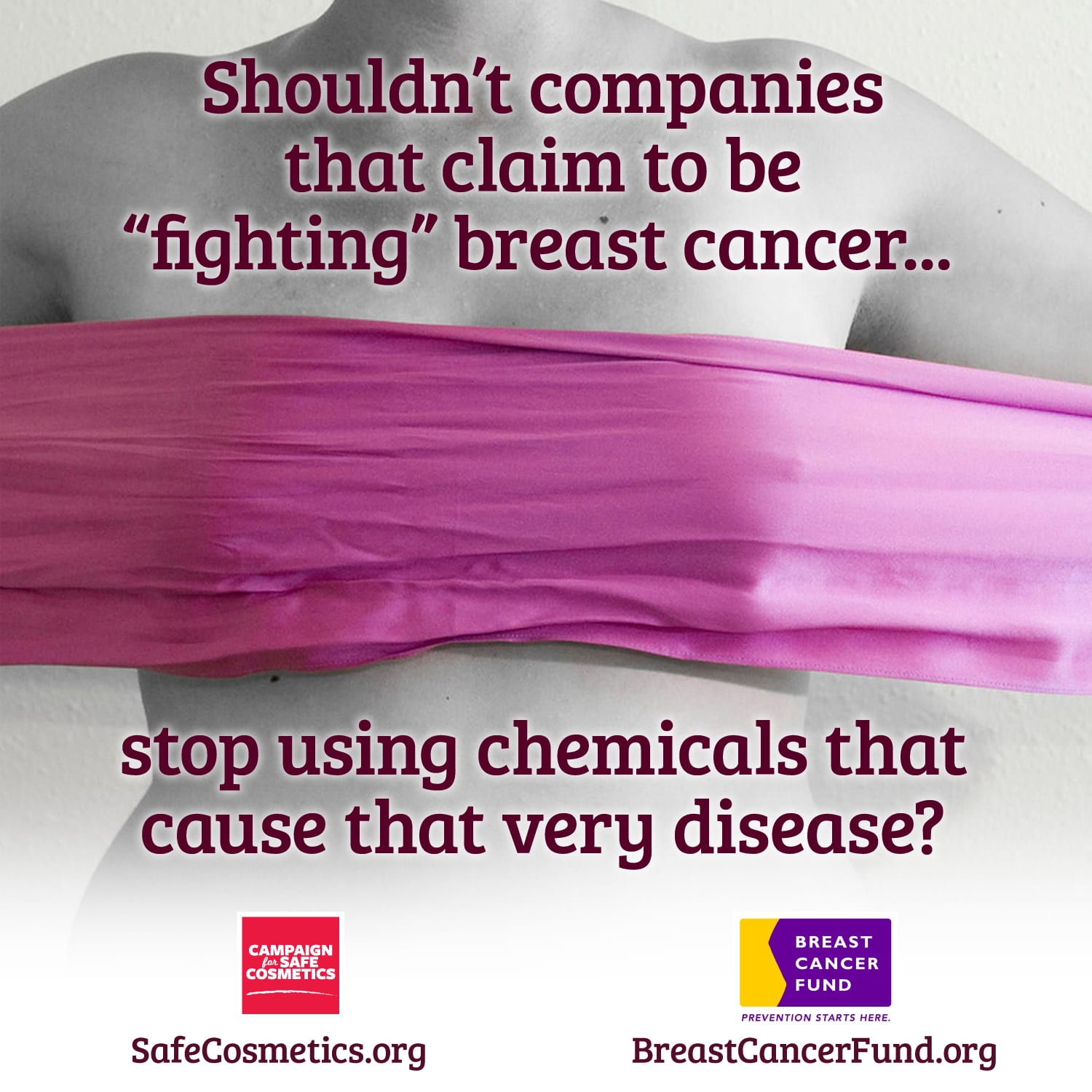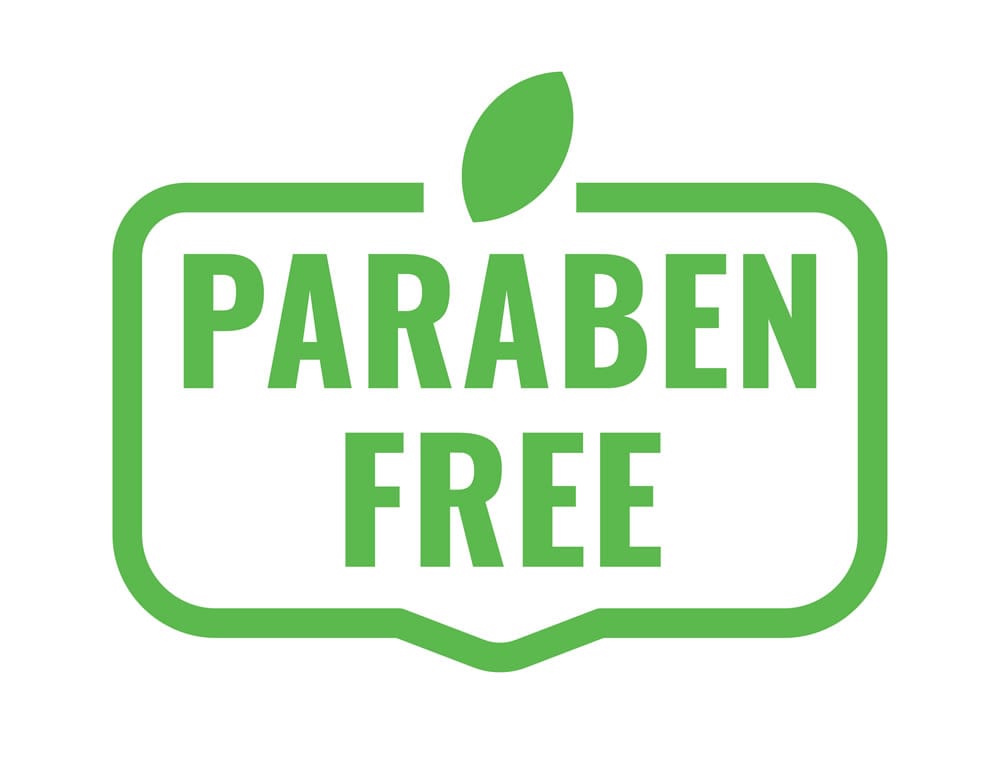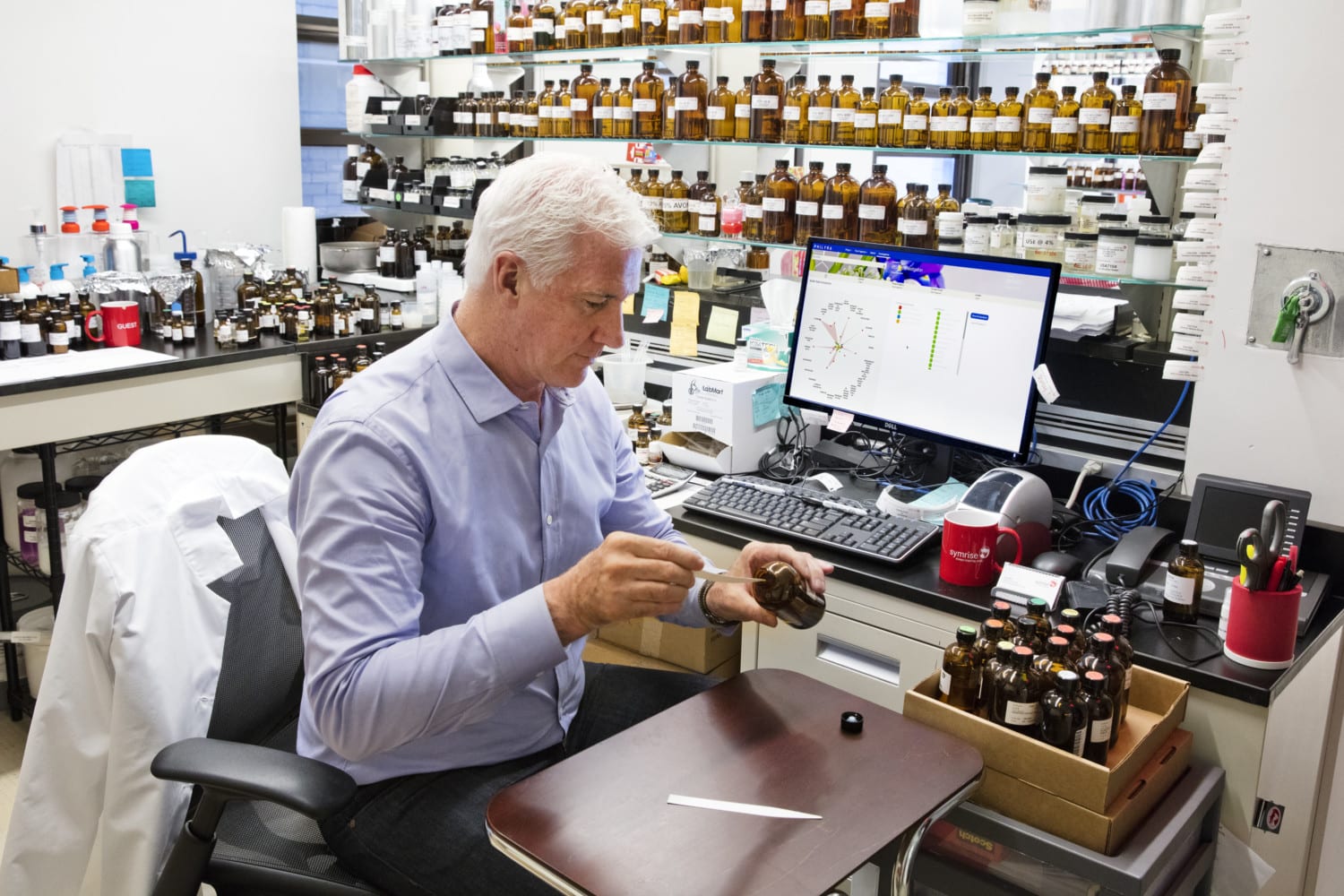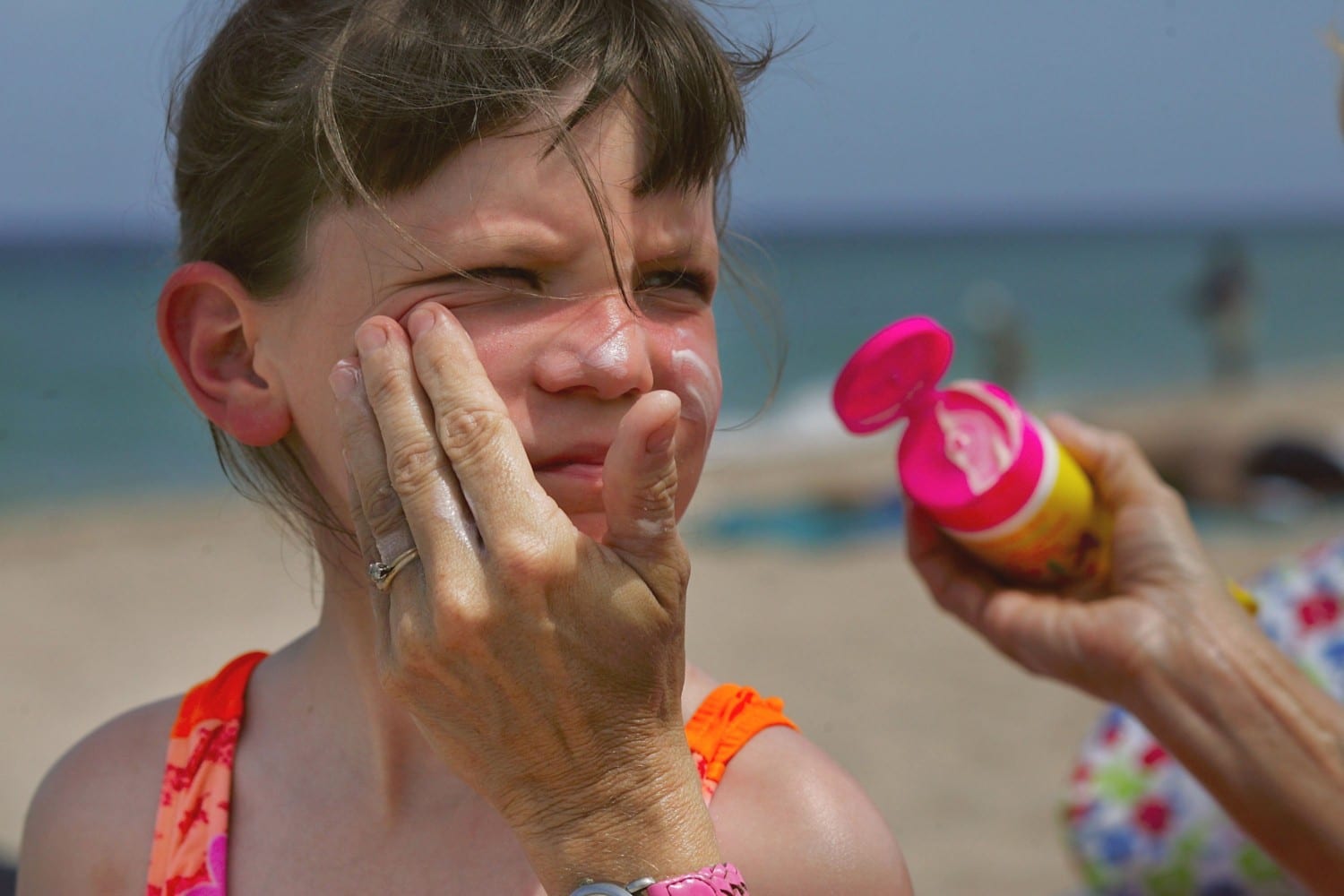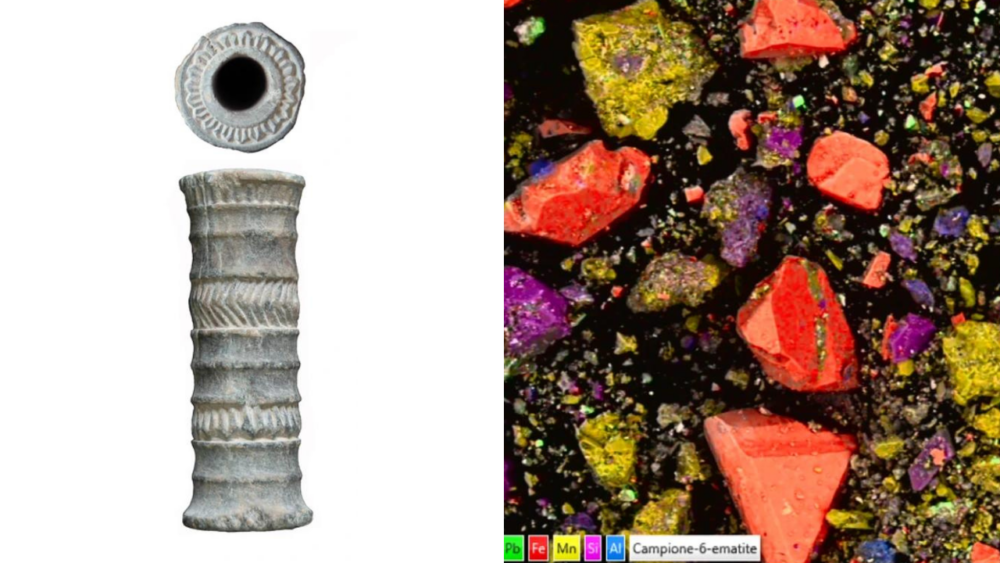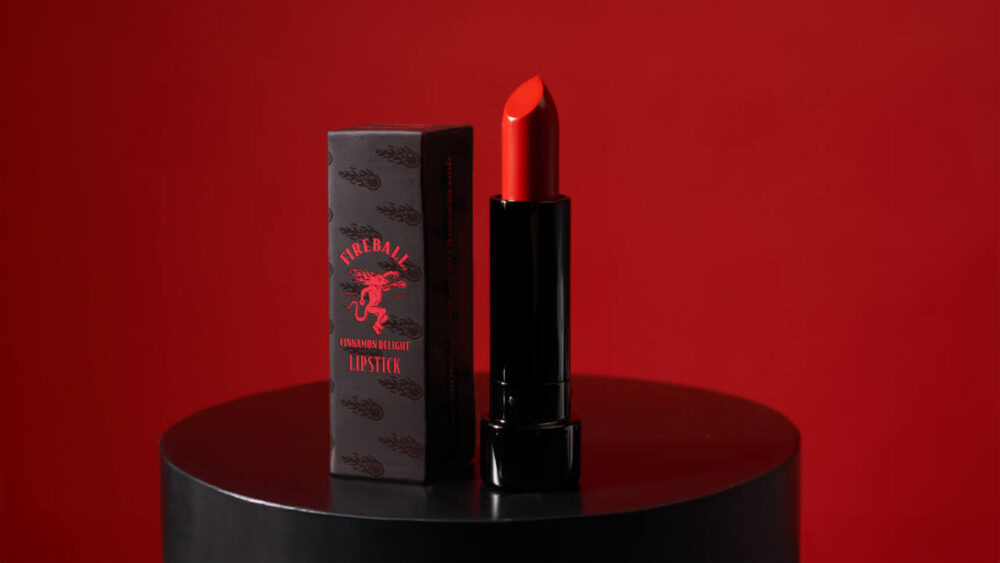Claire’s recalls makeup after the FDA found asbestos in the products
In December 2017, popular chain retailer Claire’s recalled nine of their makeup kits after a concerned customer sent one of the kits to an independent laboratory for testing, and it reportedly tested positive for tremolite asbestos.
This toxic substance can cause cancer, including mesothelioma, a tumor of the tissue that lines the lungs, stomach, heart and other organs. After the customer had 17 other products from the retailer tested, all of which tested positive for asbestos, Claire’s quickly pulled nine products from its shelves and set to work conducting its own tests. In the meantime, the FDA also got involved and started testing the products on its own.
The FDA’s Involvement
In the wake of these shocking discoveries, the Food and Drug Administration decided to conduct their own testing. On March 5, 2019, the agency issued a warning to consumers about the presence of asbestos in products sold at Claire’s. The alert also implicated products sold at Justice, another store geared toward the tween demographic.
3 Claire’s Products Test Positive For Asbestos
The FDA’s alert urged consumers to avoid three products from Claire’s:
- Claire’s Eye Shadows – Batch No/Lot No: 08/17
- Claire’s Compact Powder – Batch No/Lot No: 07/15
- Claire’s Contour Palette – Batch No/Lot No: 04/17
The FDA also found the presence of asbestos in one of the Justice products, which is believed to have been previously recalled by the retailer. If you own any of the products, stop using them immediately.
Claire’s Initially Refused To Issue Their Own Recall
Claire’s told the FDA that they do not believe the affected products are still available for sale at their stores. According to the agency, they initially refused to issue their own recall. The FDA on its own does not have the authority to mandate a recall on cosmetic products.
“The FDA is therefore warning consumers not to use these products and will continue to communicate our safety concerns about them,” the agency wrote in their statement.
Claire’s Announced A Voluntary Recall On March 12
Under mounting pressure, Claire’s Stores, Inc., announced a voluntary recall of the three affected products: Claire’s Eye Shadows, Claire’s Compact Powder and Claire’s Contour Palette. The company says the products were sold between October 2016 and March 2019 and are no longer available for purchase. Claire’s urged any consumer who purchased the products to discontinue use and to return them to the store for a full refund. The complete product information, including UPC, SKU and Lot numbers, can be found here.
Consumers Should Report Adverse Events To The FDA
So far, no adverse reactions related to the Claire’s products have been reported to the FDA. If you experience a problem that you think may be related to one of the products, though, you should report it to the FDA’s MedWatch Adverse Event Reporting program. You can complete and submit the report online, or download and complete the form, and then submit it by fax to 1-800-FDA-0178.
Claire’s Has Removed Talc From Its Products
“Claire’s understands many parents trust and expect us to hold the cosmetics purchased by and for their children to the highest possible safety standards,” the company wrote in its recall announcement. “In the last year, Claire’s switched to talc-free manufacturing for all its cosmetics.”
The company encourages consumers with questions or concerns to contact them at 800-252-4737, option 2, from 9:30 a.m.-7 p.m. EDT.
A Bill That Seeks To Improve Cosmetic Safety Has Been Introduced
On Sept. 26, 2018, U.S. Representative Jan Schakowsky introduced a new bill, The Safe Cosmetics and Personal Care Products Act of 2018, which would ban some of the worst chemicals from retail and professional salon products.
This bill would give the FDA greater control over the cosmetics industry by directing the agency to assess 300 cosmetic ingredients for safety; requiring companies to register with the FDA as well as comply with good manufacturing practices and disclose their ingredients to the FDA; and giving the FDA authority to recall products that are found to be unsafe.
The bill seeks to improve upon a previous bill, the Personal Care Product Safety Act of 2017.
A Hearing Was Held In Congress
On March 12, 2019, the House Subcommittee on Economic and Consumer Policy held a hearing about the state of safety regulations for cosmetics as they stand today.
“Cosmetics have largely fallen into a regulatory black hole,” Scott Faber, the senior vice president of government affairs at the Environmental Working Group, said in his sworn testimony. “Cosmetics manufacturers do not have to register with FDA, do not have to report ingredients, do not have to report adverse events.”
A Full-Scale Investigation Into The Cosmetics Industry Is A Possibility
Following the hearing, next steps are being considered by Congress.
“The next step — and I think we’re probably leaning in this direction — is to open a full-scale investigation by the Oversight Committee into what exactly is going on in the industry,” U.S. Representative Raja Krishnamoorthi, the subcommittee’s chair, told Vox. “We also need to hear in a more formal way exactly how industry members answer the various questions that are out there right now. After that, the committees of jurisdiction can take up the issue of what legislation needs to plug the holes that obviously exist in the regulatory structure that allowed this problem to develop in the first place.”

Talc Is A Major Product Of Concern
On March 13, 2019, Johnson & Jonson was ordered to pay $29 million to a California woman who blamed the company’s talcum powder for causing her mesothelioma. The company has denied that its baby powder is contaminated with carcinogenic asbestos, but there are still more than 13,000 lawsuits claiming that the product caused mesothelioma and ovarian cancer. The plaintiff in this suit, Teresa Leavitt, has a grim diagnosis and is not expected to live beyond 2020.
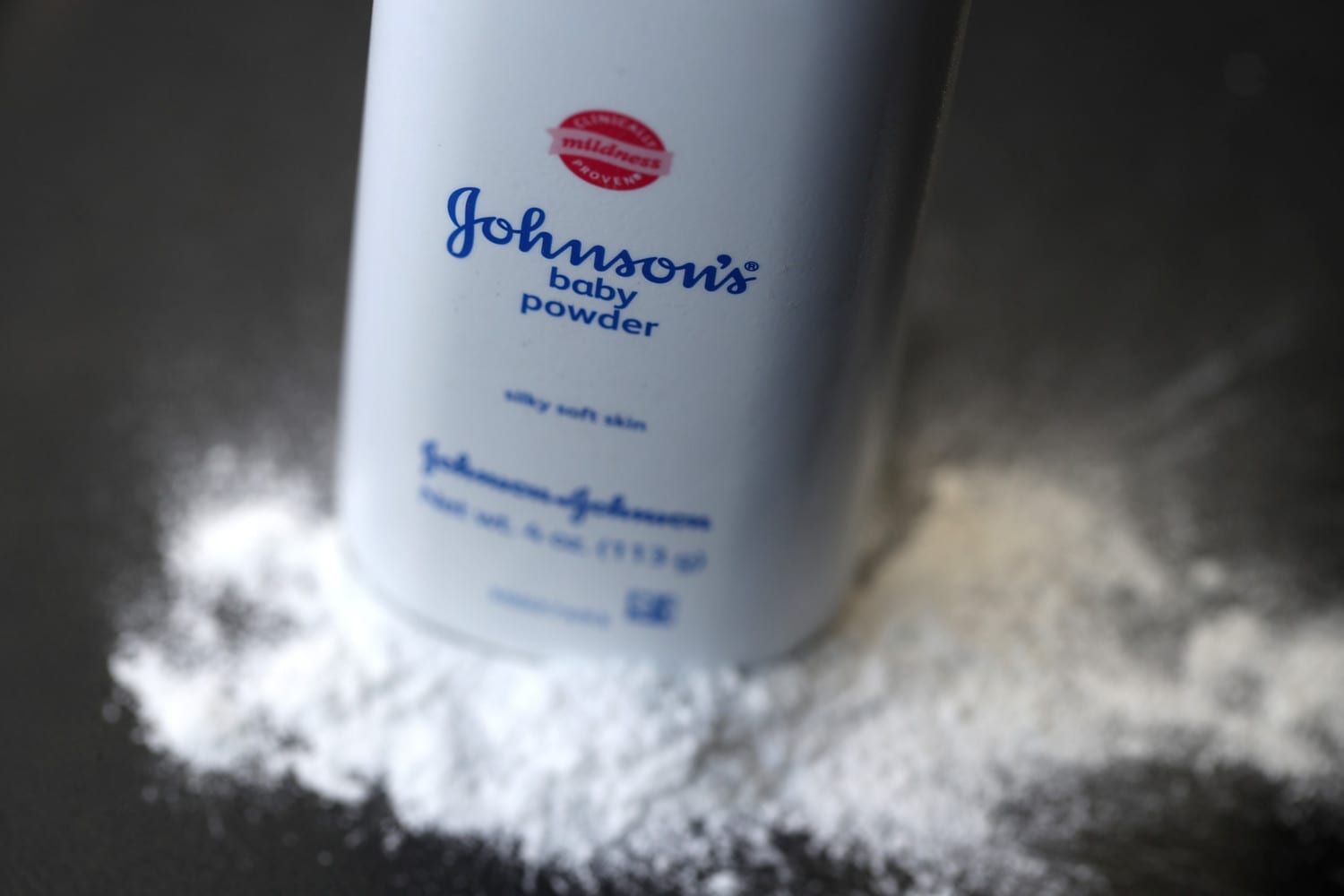
Reuters Reported That Johnson & Johnson Likely Knew About Asbestos In Their Baby Powder For Decades
In December 2018, Reuters released an investigative report claiming that Johnson & Johnson was aware of the presence of asbestos in their products for years. Internal documents showed that at least three tests from three different labs from 1972–1975 showed the presence of asbestos in the company’s baby powder, and that the company was aware of the problem. Johnson & Johnson never disclosed the findings to regulators or consumers.
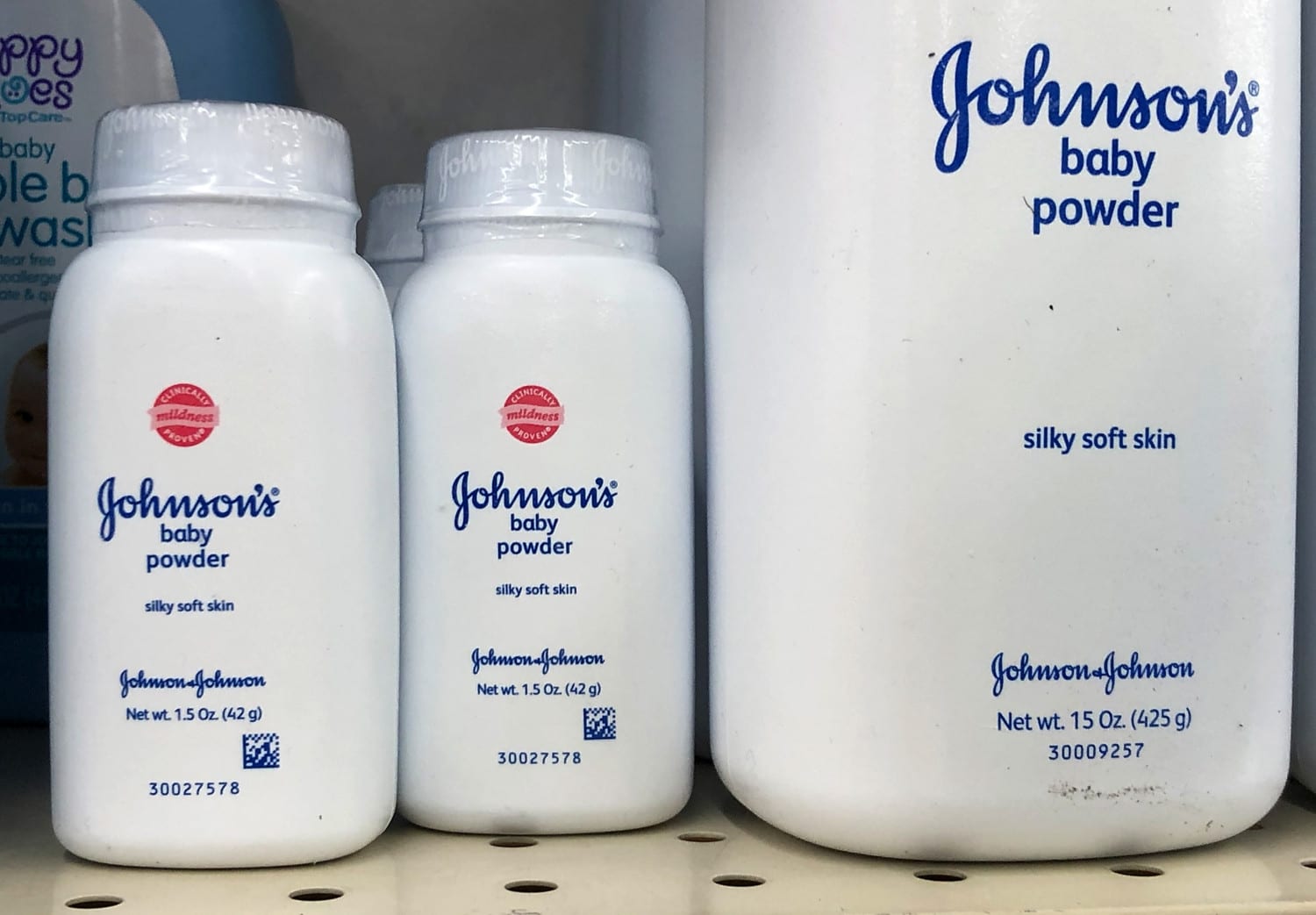
There Is No Safe Level Of Asbestos
“There’s no safe level of asbestos — it’s a carcinogen,” Joel Tickner, co-founder of the Green Chemistry & Commerce Council, said in a press release. “This situation is a lesson in a failed system that doesn’t adequately protect consumers.”
According to the National Cancer Institute, asbestos has been classified as a known human carcinogen by the U.S. Department of Health and Human Services, the U.S. Environmental Protection Agency and the International Agency for Research on Cancer.
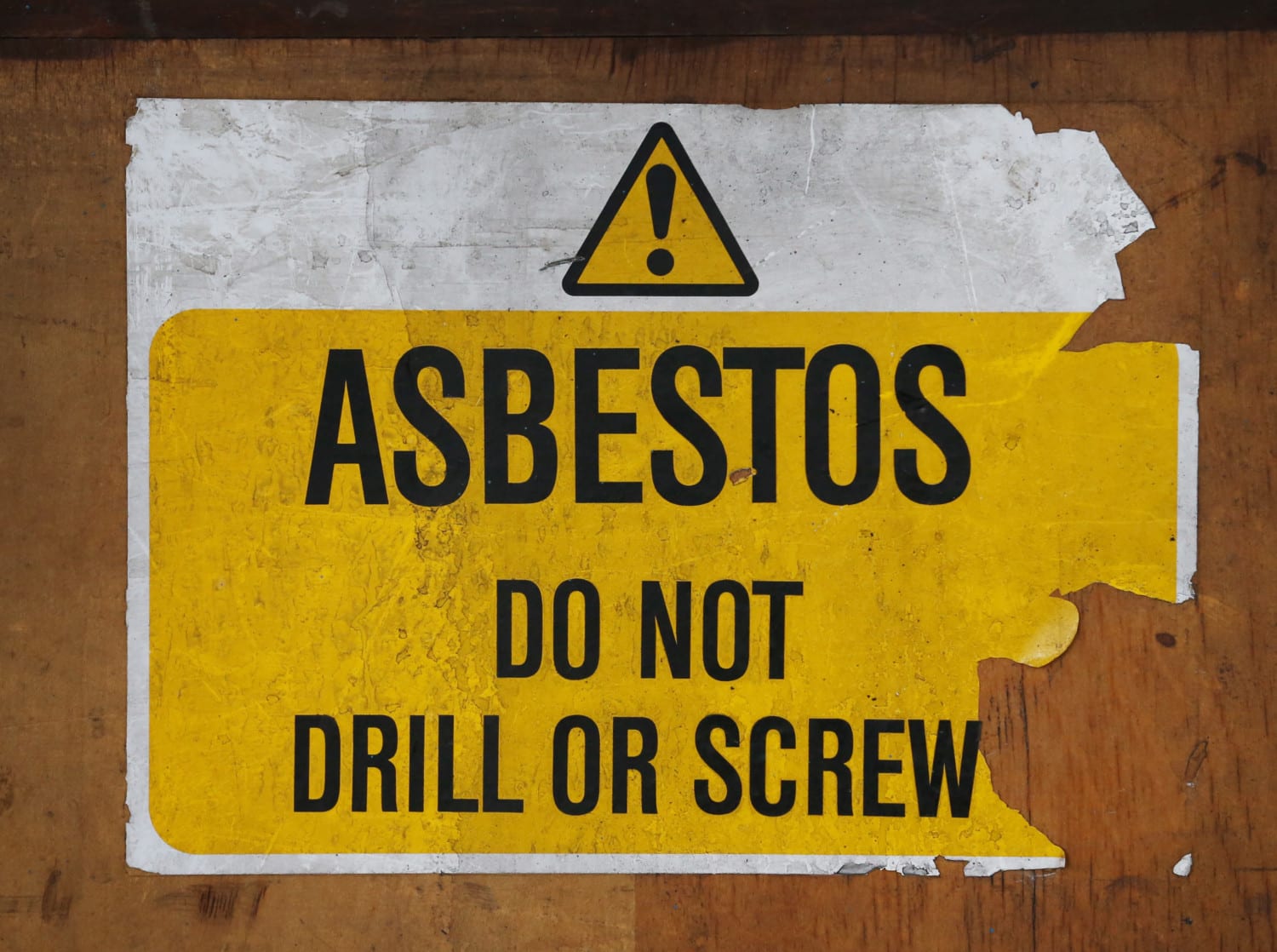
Asbestos Is Used in Many Industries
In addition to being present in talc-based cosmetics, asbestos has been used in cement and plastics and for insulation, roofing, fireproofing and sound absorption. It has also been used by the automotive industry and shipping industries. In 1989, the Environmental Protection Agency banned all new uses of asbestos, but uses that were developed prior to then are still allowed.
Asbestos Exposure Takes A Long Time To Become Harmful
When health problems due to asbestos show up, it’s typically 10–40 years after the initial exposure.
“The concern is largely going to be that the use of these products can potentially create a situation where the asbestos fiber becomes airborne — you can’t see asbestos fibers, you can’t smell them, you can’t taste them — so there is no way for a consumer to know that asbestos is present,” Dr. Kenneth Spaeth, chief of occupational and environmental medicine at Northwell Health in Great Neck, New York, explained to Healthline about the risks associated with asbestos in cosmetics.
Most Cosmetics That Contain Talc Don’t Have Asbestos
The Jury May Still Be Out On Parabens
Another ingredient of concern are parabens, which are a type of preservative commonly used in cosmetics and personal care items. Parabens may be possible endocrine disruptors, which means they negatively affect the body’s hormone system. However, no research has thus far been conclusive enough to warrant the regulation of parabens by the FDA.
“Published research does not show small amounts of parabens in cosmetics pose a significant risk to health,” dermatologist Patricia Wexler told Teen Vogue.
Beware Of ‘Fragrance’ As An Ingredient
You may notice the word “fragrance” listed as an ingredient in many beauty and personal products. The problem is, manufacturers typically don’t list the specific ingredients that make up the fragrance, leaving consumers in the dark about what exactly is in the products.
The Campaign for Safe Cosmetics recommends avoiding products where “fragrance” is listed as an ingredient with no further information. According to the organization, the International Fragrance Association (IFRA) lists 3,059 materials that are reported as being used in fragrance compounds, some of which have evidence linking them to adverse health effects including cancer, reproductive toxicity, allergies and other sensitivities.
Sunscreens Are Also Under Scrutiny
New regulations to improve sunscreen safety in the U.S. have been proposed by the FDA. Currently, there are 16 ingredients in sunscreen that are approved by the FDA. As part of the new regulations, the FDA wants to evaluate 12 of those 16 ingredients for safety.
In The Meantime, Keep Using Sunscreen As Directed
“The AAD’s sun protection recommendations are based on the existing body of scientific evidence and current FDA regulations; these recommendations will continue to evolve as the science develops and the FDA issues new regulations,” the American Academy of Dermatology said in a statement. “In the meantime, however, it’s important to understand that the proposed rule does not conclude that the sunscreens currently on the market are unsafe.”
The organization recommends that people continue to take all sun-protecting measures, including the use of sunscreen.
“If you are concerned about the safety of the ingredients in your sunscreen, talk to a board-certified dermatologist to develop a sun protection plan that works for you,” they wrote.



